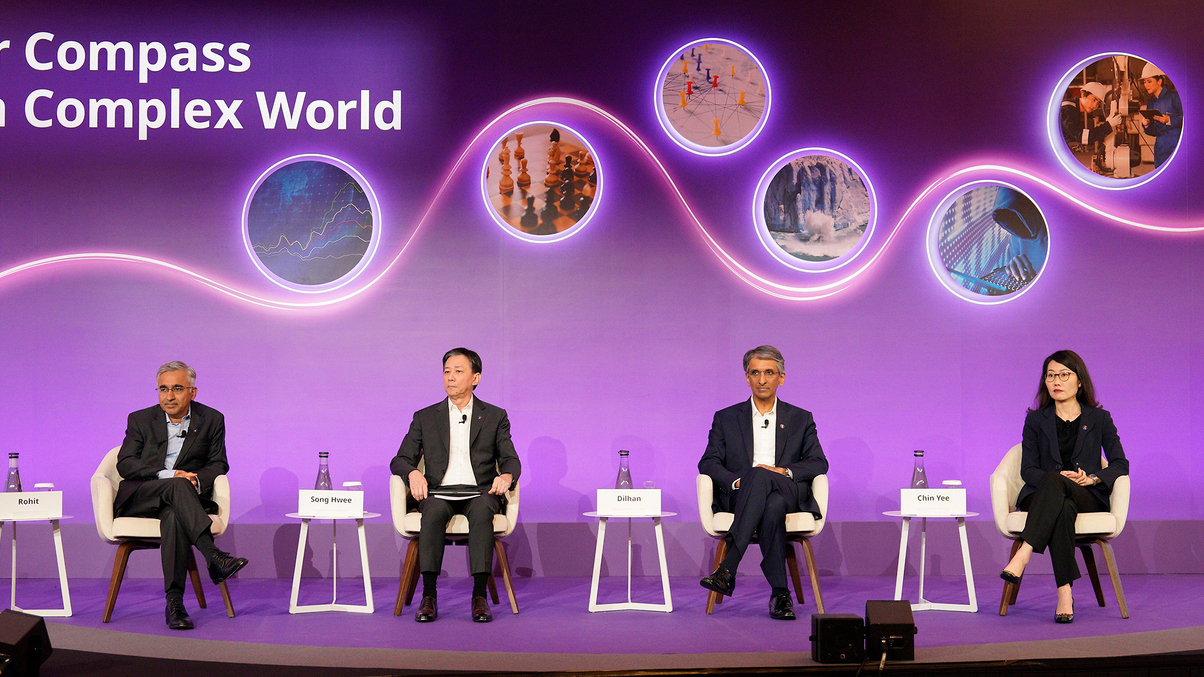Temasek posts worst returns in 7 years as it eyes AI, green transition
The state investment firm looks to tap revolutionary new technology and shift to the green economy amid a challenging investment climate.

Singapore state investment company Temasek has posted its most disappointing one-year shareholder returns since 2016, recording a drop of 5.07% in Singapore dollar terms.
Sign In to Your Account
Access Exclusive AsianInvestor Content!
Please sign in to your subscription to unlock full access to our premium AI resources.
Free Registration & 7-Day Trial
Register now to enjoy a 7-day free trial—no registration fees required. Click the link to get started.
Note: This free trial is a one-time offer.
¬ Haymarket Media Limited. All rights reserved.


